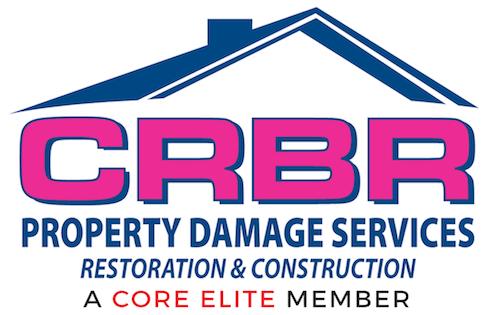Fact: Over half of roof leaks in Chico occur during the first heavy rains of winter, when dried-out shingles crack under sudden moisture.
Chico’s winter rains can overwhelm aging roofs, sending water through cracked shingles and worn flashing into attics and walls below. A small drip left unchecked can rot rafters, damage insulation, and lead to costly water damage restoration. Here’s how homeowners can take simple, proactive steps to prevent roof leaks before winter’s first storm.
- Inspect Shingles and Flashing Each Fall
Before the rains begin, climb a ladder (or hire a pro) to inspect your roof. Look for cracked, curling, or missing shingles. Pay special attention around chimneys, skylights, and vent pipes where metal flashing meets roofing material. Any gaps or rust spots indicate a future leak point; seal small cracks with roofing cement and schedule shingle replacements as needed.
- Clean Gutters and Downspouts
Clogged gutters back up water under roof edges, saturating fascia boards and soffits. In Chico, where oak leaves tumble in fall, clear debris at least once before winter. Flush downspouts with a hose to ensure rainwater flows freely away from your home—avoiding storm and wind damage cleanup triggered by overflow.
- Trim Overhanging Branches
Tree limbs scraping shingles wear away protective granules and create pathways for moisture. Trim branches at least six feet from your roofline to reduce this friction and keep leaves out of gutters—preventing buildups that lead to winter leaks.
- Repair or Replace Weathered Flashing
Flashing seals roof penetrations. Over time, caulk fails and metal corrodes. Recaulking with a high-grade silicone sealant around chimneys, vents, and skylights stops leaks at the source. If entire flashing strips rust, replace them to ensure a watertight barrier.
- Install Ice-and-Water Shield
Chico’s occasional freeze-thaw cycles can create ice dams at eaves, forcing melting snow under shingles. An ice-and-water shield membrane installed along roof edges provides a self-sealing layer—guarding against leaks and avoiding the need for flood damage cleanup in attic spaces.
- Check Attic Ventilation and Insulation
Poor attic ventilation and insufficient insulation cause heat buildup, melting snow unevenly and worsening leaks. Ensure ridge vents and soffit vents aren’t blocked by insulation. Proper airflow keeps roof temperatures consistent, reducing the risk of shingle damage and subsequent leaks.
- Seal Gaps Around Chimneys and Vents
Chimney counter-flashing often cracks along mortar joints. Sweep away old mortar, apply a waterproof caulk designed for masonry, and finish with matching mortar if needed. Similar sealing at plumbing vent stacks prevents wind-driven rain from sneaking into your attic.
- Maintain Roof Valleys
Valleys—where two roof planes meet—channel the most water. Shingles here wear faster. Clear debris monthly and inspect for lifted or missing shingles. Replace any damaged pieces promptly, ensuring that valley flashing remains intact for peak winter flow.
- Perform a Post-Storm Inspection
After heavy rains, inspect attic ceilings for new stains or damp spots. Early detection—before stains enlarge—lets you address the leak source quickly with minor flashing repairs, sparing you a full water extraction & removal call later.
- Schedule Professional Maintenance Annually
Even diligent DIY checks miss subtle issues. Hire a local roofing contractor each year to perform a comprehensive review and minor tune-ups. Their trained eye catches trouble before it becomes a mid-winter emergency—keeping your home safe through every Chico downpour.
By combining seasonal inspections, targeted repairs, and preventive upgrades—like ice-and-water shields and proper ventilation—you stop roof leaks before they start. These straightforward steps save you from soggy attics, drywall damage, and costly flood cleanup, ensuring a dry, comfortable home all winter long.
